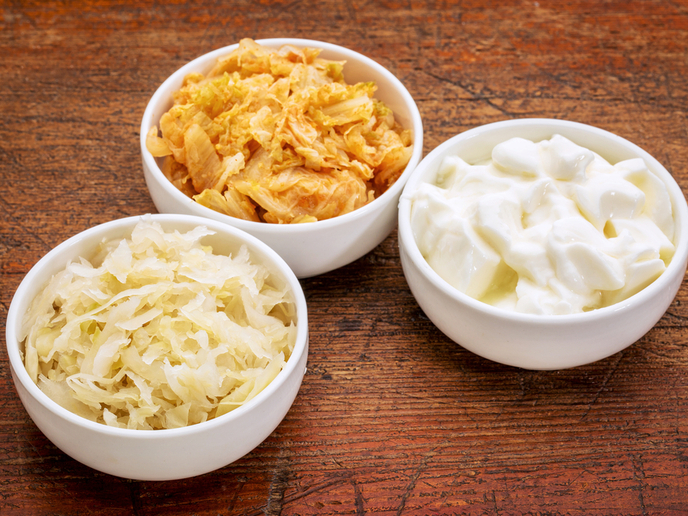Mapping microbiomes to improve food quantity, quality and safety
Thanks to its key role in development, immunity and nutrition, the microbiome – the genetic material of all microorganisms that live in the human body – has attracted a lot of attention in recent years. The gut microbiome in particular, and how it affects overall health, has become a popular topic of scientific and medical research amid growing interest in fermented foods due to their proposed benefits for gastrointestinal health. Fermented foods and beverages are produced through controlled microbial growth and the conversion of food components through enzymatic action. The majority of fermented foods like yoghurt, kefir, kombucha and sauerkraut contain probiotics. These are “live microorganisms that, when administered in adequate amounts, confer a health benefit on the host,” according to a definition used by the International Scientific Association for Probiotics and Prebiotics. LAB are fundamental in the production of fermented foods. Several strains are regarded as probiotics, with the most common belonging to the genus Lactobacillus. How many of these bacteria actually reach the gut and become part of the microbiome? A group of researchers supported by the EU-funded MASTER project has addressed this question and shown that “fermented foods can be indeed regarded as a possible source of LAB for the gut microbiome,” as stated in an article in the journal ‘Nature Communications’. “We performed a large-scale meta-analysis on microbiomes from food sources and human body sites to investigate the prevalence and diversity of LAB species in the human microbiome and their overlap with species and strains found in food.” As explained in a news item by MASTER project coordinator Teagasc – the Agriculture and Food Development Authority, “LAB genomes were reconstructed from about 300 foods and nearly 10 000 human faecal samples from different continents, looking at the distribution of LAB in humans based on geographical origin, age and lifestyle.” The same news item adds: “LAB were found in relatively low abundance in the human faeces and their prevalence depended on age, lifestyle and geography. The LAB most frequently found in the human faeces were Streptococcus thermophilus and Lactococcus lactis, which are commonly found in yogurt and cheese.”
Beneficial for health
The researchers also compared the DNA sequences of about 3 000 LAB genomes “and analysis revealed a high level of similarity of LAB from food with those of LAB from the human gut. This new finding suggests that consuming foods rich in LAB can enrich our intestines with these potentially probiotic microorganisms.” In the same news item, Prof. Danilo Ercolini, senior author of the ‘Nature Communications’ journal article, states: “Our results support the hypothesis that food is the major source of LAB for the gut microbiome. This research also offers hints and methodologies to implement novel strategies for tracing the life of probiotics and other LAB from foods and/or supplements all the way to the human body.” He concludes: “This research opens new horizons for studies on potentially health promoting foods.” The MASTER (Microbiome Applications for Sustainable food systems through Technologies and EnteRprise) project will run until January 2023. It uses mining techniques and develops big data management tools “to identify inter-relations between microbiomes across food chains, and based on this, generates applications which promote sustainability, circularity and contribute to waste management and climate change mitigation,” as summarised on the project website. For more information, please see: MASTER project website
Keywords
MASTER, microbiome, fermented food, probiotic, gut



